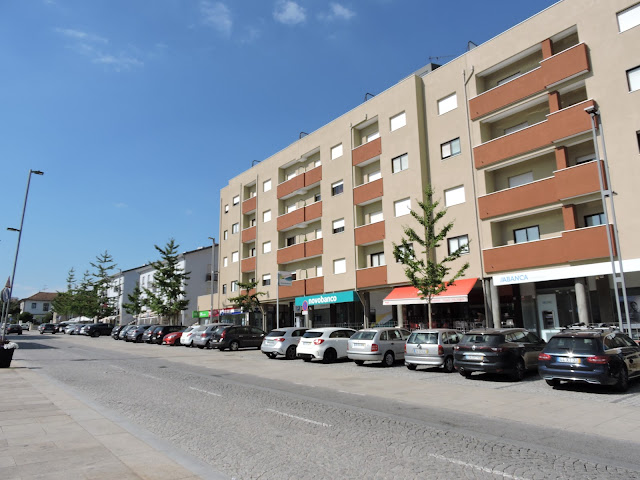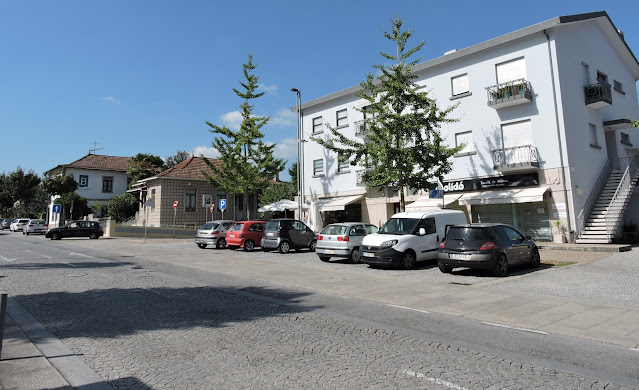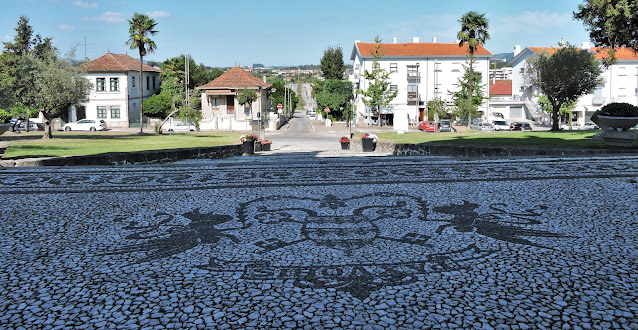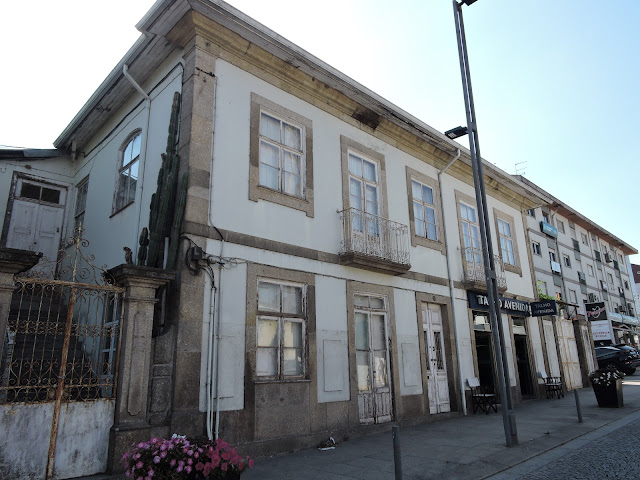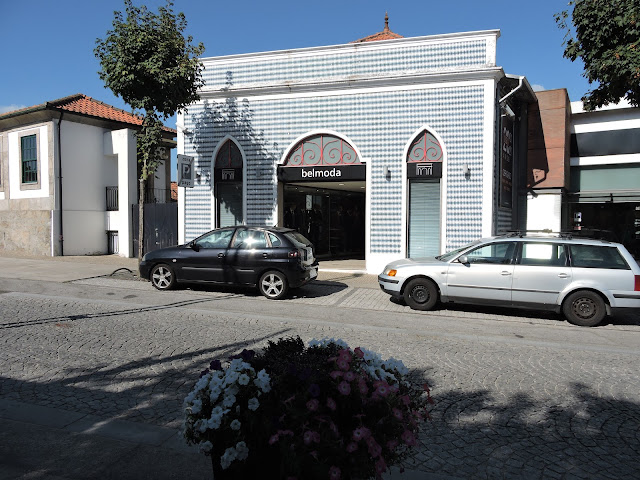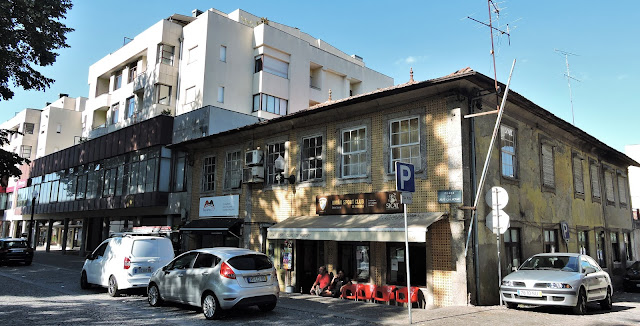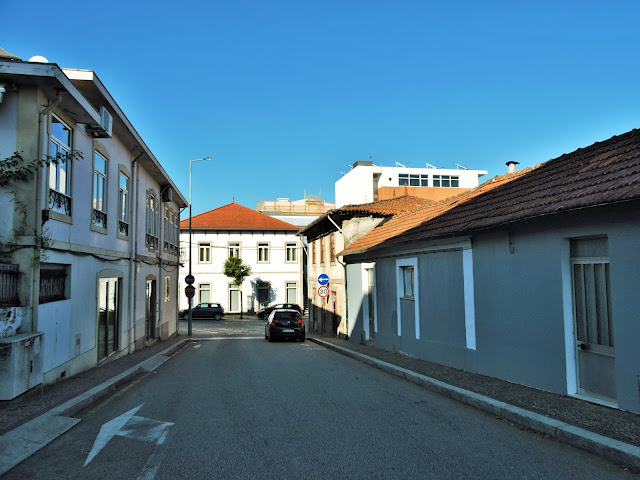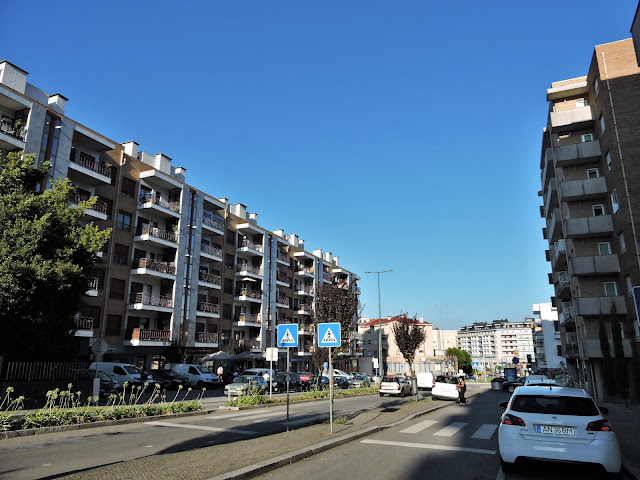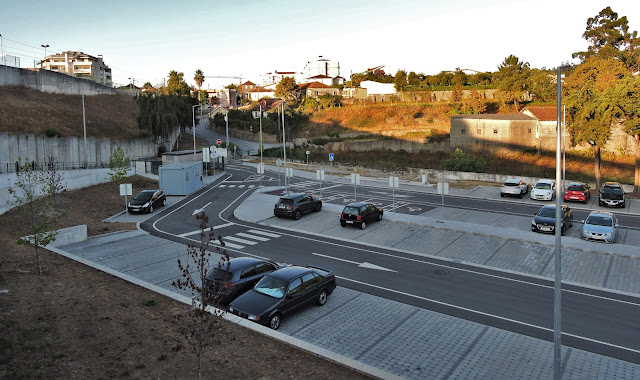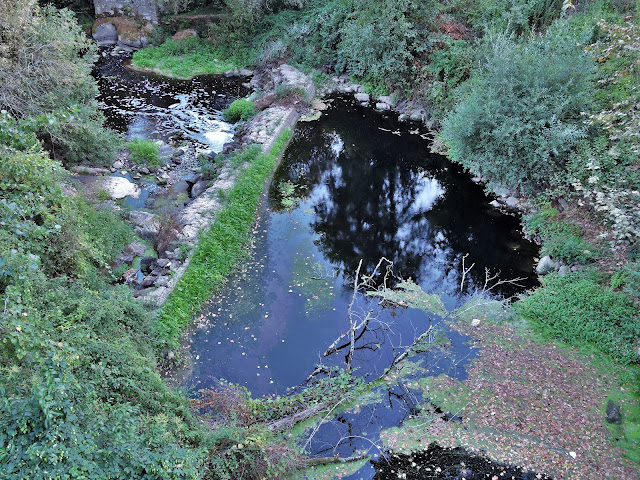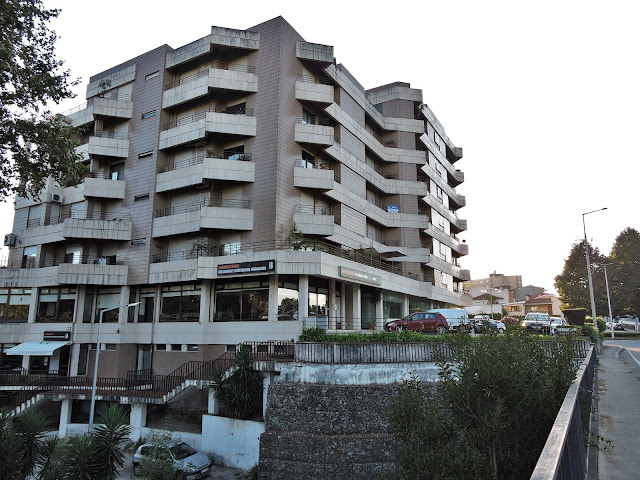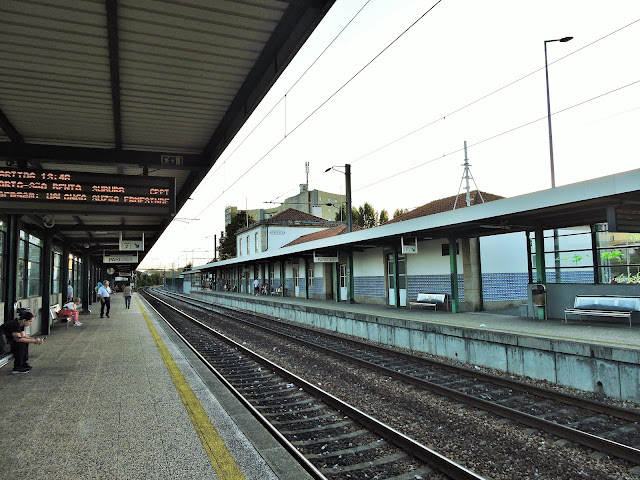PAREDES
GPS 41° 12′ 00″ N, 8° 19′ 48″ W
Currently, Paredes Municipality contains four cities: Paredes, Rebordosa, São Salvador de Lordelo and Gandra, being the Portuguese municipality with the most cities.
Paredes has a total of 18 parishes ( Aguiar de Sousa; Astromil; Baltar; Beire; Cete; Cristelo; Duas Igrejas; Gandra; Lordelo; Louredo; Parada de Todeia; Paredes; Rebordosa; Recarei; Sobreira; Sobrosa; Vandoma; Vilela).
The municipality is bordered on the north by the municipality of Paços de Ferreira, to the east by Lousada and Penafiel, to the southwest by Gondomar and to the west by Valongo.
The municipality of Paredes has a great tradition in the furniture industry, ensuring around 30% of the production of national furniture. This tradition of wood transformation began in the mid-19th century, closely associated with the fact that there is a forest with different species that provided the raw material for the development of this activity. It is thanks to this that the hydraulic sawmill devices emerged in the 19th century, being installed along the watercourses, all over the county, helping in this way in the transformation of wooden logs into planks. It was in the 20th century that they began to disappear, giving way to sawmills with steam boilers and later, with the appearance of electricity, several sawmills began to appear throughout the county, especially in the north.
From then on, carpentry becomes more and more a predominant activity, passing from generation to generation. One of the main characteristics of this industry is the fact that it is familiar, as everyone worked in the small workshops that were normally located on the ground floor of the houses. The men worked in the workshop and the women helped to distribute the work to the clients. From this reality resulted in the figure of the cart/chair that carried on head and back and on foot the pieces of furniture for the railway station and large cities such as Porto, Valongo…
The contribution of investments, thanks to the return of Brazilians, in the late nineteenth and early twentieth century, allowed the development of this industry, from the outset through direct investment (construction of the 1st factory in the municipality of “A Boa Nova” in Vilela), ordering furniture from local producers and certainly because of the influence they caused with the furniture and wood coming from Brazil, becoming a source of inspiration for the cabinetmakers of Paredes.
For all these reasons, the Municipality of Paredes sees in the furniture industry a strategic axis for the promotion and dynamization of the municipality, having developed a whole consolidated marketing strategy at the international event Art On Chairs, through which it seeks to make known this tradition of know-how combined with the highest standards of design and innovation in the products created by its industrial entrepreneurs.
As of June 20, 1991, Paredes rose to the category of city. On August 26, 2003, the parishes of Lordelo and Rebordosa were elevated to town. Gandra has also become a city with a special status, as it is an important university center. The municipality of Paredes thus encompasses four cities, being the Portuguese municipality with the largest number of cities.
On September 30, 2013, the municipality was integrated into the Metropolitan Area of Porto.
Teaching
With an educational community of around 14,500 students, the municipality of Paredes faces major challenges in its educational policy, within the scope of competencies that have been transferred from the central administration to the local administration.
Education in Paredes is spread over 5 groups (Daniel Faria Baltar, Cristelo, Lordelo, Paredes, Sobreira and Vilela), the secondary school of Paredes, a higher education institution (CESPU).
Since 2013, the Municipality of Paredes established cooperation protocols in order to create the conditions to provide the Municipality of Paredes with a higher level training offer in the area of the furniture industry, the degree in Wood Technologies.
Transport and Accessibility
The municipality of Paredes is served by an extensive network of transport and accessibility. The county is crossed by the A4, A41 and A42 highways. Several national and regional roads also cross the county, namely:
EN15: Ermesinde (A4) - Walls - Amarante
EN209-1: Gondomar – Aguiar de Sousa
EN319-2: Sobreira – Aguiar de Sousa – Melres (Gondomar)
ER209: Gondomar – Lordelo – Raimonda
ER319: Santo Tirso – Walls – Portela (Penafiel)
Internal mobility is based on the EN (National Roads) which have always been the basis of urban growth and development, which means that there are bottlenecks in the articulation of different types of roads, namely those of a lower hierarchy. Thus, the municipality's development structure implies that important crossing and traffic distribution routes serve the internal mobility of the agglomerations, creating conflicts between local traffic, pedestrian circulation, commerce and parking. Although different roads have designations that distinguish them, traffic hierarchies are not respected, coexisting different types of traffic, which is aggravated by the lack of distinction between industrial areas and residential areas, in most cases. On the same lanes, without distinction, local urban traffic, support traffic for agricultural and forestry activities, access traffic to industrial zones, crossing traffic, parking and pedestrian traffic overlap.
💓💓💓💓💓
Cête;
Maia;
PORTO - WHERE THE RIVER KISSES THE SEA;PORTO - Sao Bento Train Staion + Public
Transport in Oporto Metropolitan Area;
PORTO - PORTO ESSENTIALS I;
PORTO - PORTO ESSENTIALS II;
PORTO - PORTO ESSENTIALS III;
PORTO - PORTO ESSENTIALS IV;
Póvoa do Varzim;
💓💓💓💓💓
Return to mainland Portugal &
the Azores and Madeira islands






























